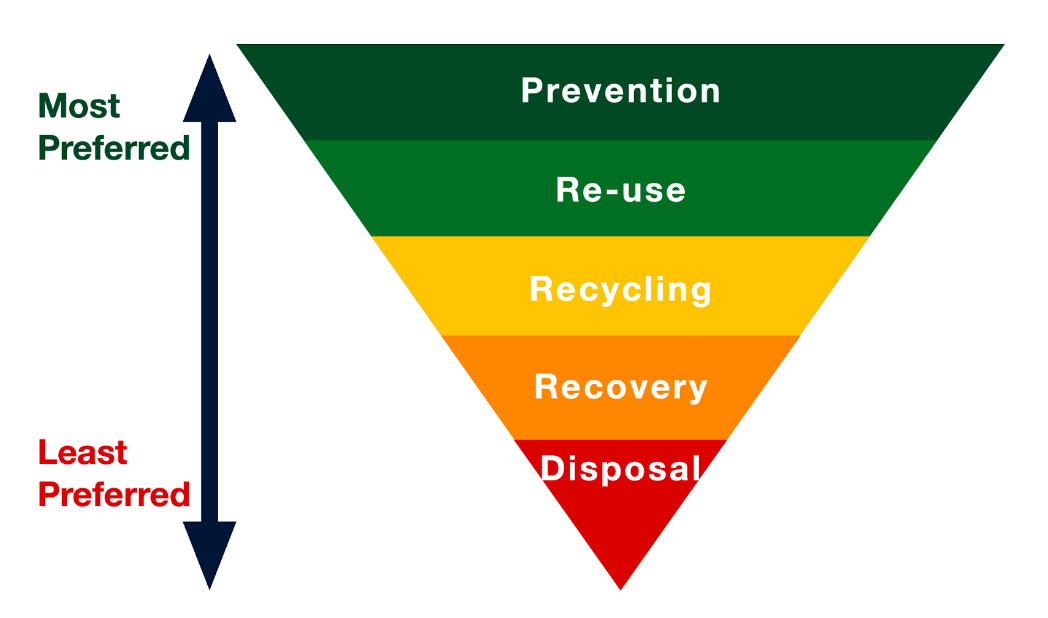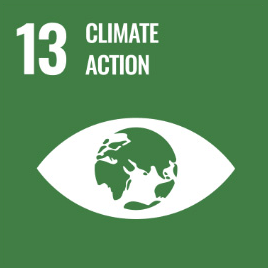Founded on the guiding principles of the Sustainable Development Goals 9, 11 & 12
Annually, the world produces 400 million tonnes of plastic, equivalent to the weight of 67 million African elephants, with projections indicating this amount will double by 2040. Astonishingly, 91% of the 8.3 billion tonnes of plastic ever produced remains unrecycled, accumulating in landfills or polluting our waters. The breakdown of plastic in nature leads to ingestion by wildlife and humans alike, causing severe health issues including reproductive disorders and cancers. Beyond plastic, the overproduction and waste of textiles, construction materials, and electronics significantly contribute to global waste and environmental degradation. Textiles add 92 million tonnes to landfills yearly, construction waste makes up a third of global waste and contributes to 40% of greenhouse gas emissions, and e-waste reaches over 50 million tonnes annually.
In Ireland, the situation is similar, with 1.1 million tonnes of packaging waste generated in 2019 alone, an 11% increase from 2018. Of this, plastic and paper/cardboard saw the largest increases. Only 28% of the 319,000 tonnes of plastic packaging waste was recycled in 2019, with two-and-a-half times more sent for energy recovery. The introduction of the Circular Economy and Miscellaneous Provisions Act 2022 in Ireland marks a critical step towards addressing these issues, defining the circular economy in law for the first time and promoting reusable and recyclable options, including levies on single-use items. The National Waste Management Plan for a Circular Economy sets ambitious targets for reuse, repair, and reduction of consumption and contamination.


However, the underlying issue extends beyond waste and pollution to a societal “addiction” to material goods. In 2020, the mass of human-made objects surpassed that of all living biomass on Earth, highlighting the urgency for the Cultural and Creative Industries (Cultural and Creative Industries) to leverage their influence for environmental change and sustainability.
A great place to start is to remember the implementation of the waste hierarchy (shown below). This tells us that step one is prevention – what can we do to reduce our materials needs, so that waste isn’t created in the first place? What can we do to reduce waste, can we make a switch to reusables? These steps need to come first, before implementing different waste management practices.





